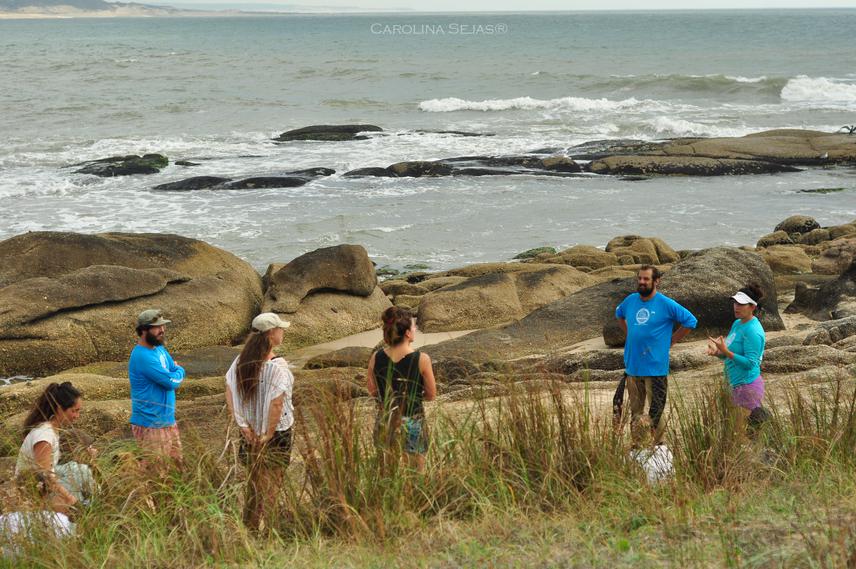Gabriela M Velez Rubio
Other projects
15 Oct 2013
Conservation and Research in a High-Priority Feeding Area of Juveniles Green Turtle in the South Western Atlantic
10 Jun 2015
The Endangered Green Turtle in a Plastic Sea: Working from the Protected Areas to Awareness the Uruguayan Society about Marine Debris
The main objective of this project is to combine two studies, the diet preferences of the endangered green turtle (Chelonia mydas) and the role of the seaweed community in Atlantic coast of Uruguay. The green turtle is the Macroalgae are a fundamental component of rocky marine ecosystems, providing food and shelter to many animal species, acting as key species and engineers.

Seaweed visual workshop.
The main objective of this project is to combine two studies, the diet preferences of the endangered green turtle (Chelonia mydas) and the role of the seaweed community in Atlantic coast of Uruguay. The green turtle is the Macroalgae are a fundamental component of rocky marine ecosystems, providing food and shelter to many animal species, acting as key species and engineers. The green turtle will help to highlight the conservation needs of coastal-marine ecosystems, including many less charismatic animals and other groups, such as seaweeds.
In this particular case, the present work focuses on the seaweed community and the presence of an alien seaweed species (Grateloupia turuturu, commonly known as Devil´s tongue) and how it affects the rest of the species. We also want to know if the green turtle could be a natural predator of G. turuturu. This alien species is considered one off the most dangerous invasive species in the world, and improving the knowledge in Uruguayan coast is a challenge for our group.
Moreover, this study will increase the knowledge about the composition and variability of seaweed present on our shores. We also continue our work with primary school students and their teachers developing some field and laboratory activities with them. This will help the permanent local appropriation of environmental issues.